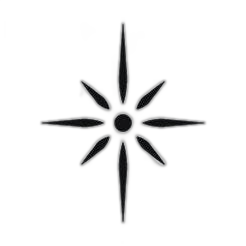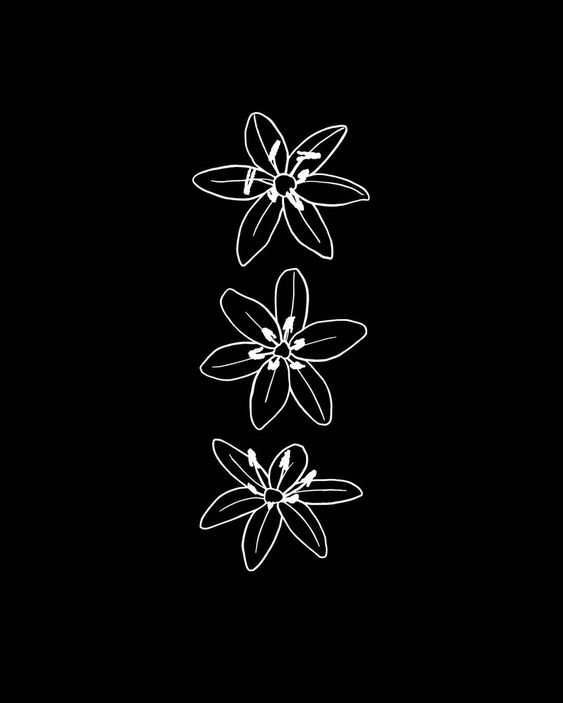Introduction to Mapping Processes
This review is informed by my engagement with two digital mapping tools, MapSwipe and OpenStreetMap. Firstly, MapSwipe is a mobile application that supports a community of volunteers in reviewing satellite imagery of remote populations and contributing to valuable geospatial data projects across the world. When contributing to these projects, I undertook a number of digital mapping processes. I first participated in the identification of buildings in rural areas of the Ucayali province in Peru by swiping through a set of satellite images and tapping once on the tiles in which buildings were visible. The available features on MapSwipe allowed me to select the tiles that contained buildings, to request verification from other mappers if I wasn’t sure about what I saw and to call attention to technical issues with the images. Using the same review structure, I also participated in several other projects, including a verification project to assess data collected by other mappers and ensure that buildings were correctly identified and outlined. I found the MapSwipe user interface quite intuitive as all features could be easily accessed by tapping on the screen a series of times. I was also very comfortable with the process of swiping through the various satellite images as I felt that it was reminiscent of scrolling through images or videos on a social media platform.
In comparison to MapSwipe, users on OpenStreetMap have much more autonomy and control over their mapping processes. OpenStreetMap is a community driven, open access map that stores global geographic data collected by users and ensures that this data is freely available online. OpenStreetMap has many available tools to facilitate detailed, precise mapping and to ensure that users can accurately capture the diverse landscapes of their various localities. While using OpenStreetMap, I made numerous edits to the map of the area in Limerick City that I grew up in. I mapped unmapped houses and green spaces by using the area tool to outline an area as well as the features tool to tag the area as a house, shed, grassland etc. I also implemented my first-hand local knowledge of this area to update the names of multiple commercial buildings and improve outdated, inaccurate mapping done by others. Finally, I uploaded these changes to OpenStreetMap to be verified and reviewed by more experienced mappers.
Implications
The positive implications of contributing to the projects available on both MapSwipe and OpenStreetMap can not be overstated. By identifying disadvantaged and remote populations, users of MapSwipe support organisations such as Médecins Sans Frontières (MSF) and The Red Cross in providing these populations with the humanitarian aid that they need. As well as this, data collected by MapSwipe users can also be used by academic institutions to carry out important research and find long term solutions for the problems that these communities are facing. For example, one of the projects that I participated in when using the app involved locating mobile homes in the Arizona desert. The data collected as part of this project will be used by researchers at Arizona State University to design solutions to prevent heat related fatalities amongst those living in mobile homes in the area. According to MapSwipe, people who live in mobile homes are six times more likely to suffer heat related deaths. If researchers can better understand the extent of the problem and identify the exact locations that need support, many of these deaths can be prevented. The possibilities for using geospatial data to support the work of NGOs around the world are endless. In addition to projects focused on the distribution of humanitarian aid, MapSwipe is also currently involved in projects that aim to disrupt deforestation and preserve valuable natural resources in the Amazon as well as projects concerned with the rebuilding of infrastructure in Papua New Guinea after a recent earthquake. As MapSwipe crowdsources the review of satellite imagery in order to promote successful humanitarian aid programs, contributing to a MapSwipe project is a form of virtual volunteering that can protect and support a range of disadvantaged communities as well as the environments in which they are situated.
Similarly, contributing to OpenStreetMap also has positive implications in relation to promoting equality and protecting disadvantaged communities in modern society. As an organisation, OpenStreetMap aims to maintain a collaborative public database of international geospatial data and to ensure that this database is freely accessible online for people of all backgrounds. It is necessary to reclaim this geospatial data from for-profit organisations such as Google to prevent them from having a monopoly over the data and having the capacity to prohibit us from freely accessing data collected for applications such as Google Maps in the future. This fundamental information about the planet that we live on should not become a commodity or be placed behind a paywall. It is important that this information does not become inaccessible to people from disadvantaged backgrounds. OpenStreetMap empowers a diverse range of people and organisations to contribute towards creating a shared open access resource that they have complete autonomy over and can edit and use without restriction. Users of OpenStreetMap are encouraged to implement their close knowledge of an area, creating an accurate representation of said area to upload to a public database. As a result of the emphasis placed on sharing local knowledge with others, OpenStreetMap is updated and improved much more frequently than Google Maps is. For example, I was prompted to improve the map of the area in Limerick that I grew up in due to my close knowledge of the locality. The extent of this international collaboration is a powerful tool for reinforcing equality of access to information around the world.
Learning Outcomes
The concept of digital mapping was relatively new to me when I first starting using MapSwipe and OpenStreetMap. As a result of my engagement with the software, I have definitely developed my understanding of the significance of creating and maintaining an open source, accurate digital map. When participating in a range of geospatial data collection projects, I learned about how this data can be utilised by NGOs and charities to implement effective humanitarian aid programs and about the ways in which technology can be used to facilitate remote philanthropic work. My contribution to these projects also provided me with an increased awareness of the importance of open access online resources for promoting equality in modern society and ensuring that everyone has the capacity to freely access information without restriction. Although I was originally sceptical about the quality and reliability of an OpenStreetMap, I also learned about the role of verification in the mapping process to verify that the crowdsourced data is both accurate and precise. Finally, I learned from this experience that digital mapping is a very powerful tool that has the potential to change our perception of the world around us and to help us to work towards finding solutions for many social and environmental problems today.
Further Application of Initiatives
MapSwipe and OpenStreetMap are both valuable tools that can be applied to my own work as a digital humanities student. Geospatial data is used to inform a wide range of research projects, especially in the digital humanities field. For example, crowdsourced mapping initiatives such as MapSwipe and OpenStreetMap can be used to inform digital archives as well as historical or cultural research projects. Analysing geospatial data provides researchers with meaningful insights into urban planning, climate change, the implications of the wealth gap in our society etc. As a result of this, I believe that I can apply what I have learned during my engagement with these initiatives to my current studies in sociology, as well as to my future research in the field of digital humanities and IT. On a personal level, I am also curious about the potential for people in my local area to interact with crowdsourced mapping initiatives like OpenStreetMap. This specific curiosity comes as a consequence of speaking to one of my neighbours who is currently attempting to walk the distance of the circumference of the Earth without leaving our local area in Limerick. I am reminded of my neighbour in this case as I have always been interested in the digital tools that he is using to track his progress towards this goal. I believe that the combination of my neighbour’s intimate knowledge of his locality and his wider interest in world geography aligns with the aims of OpenStreetMap, and that the software could be applied to his personal goal of walking the circumference of the Earth from a specific area in Limerick. My engagement with digital mapping has prompted me to think about how I may collaborate with people in my local area that have intimate and perhaps historical knowledge of the area as part of a digital mapping research project in the future. I would like to share the knowledge that I have gained during this process to empower people from Limerick specifically to use their local knowledge to contribute to a public international resource such as OpenStreetMap.


